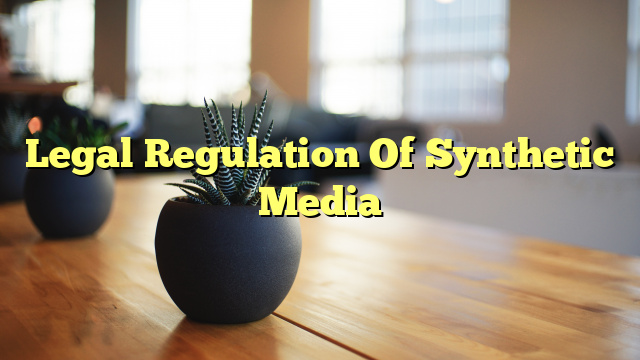Legal Regulation of Synthetic Media
Table of Contents
Problems with Synthetic Media
Synthetic media, also known as deepfakes, presents several challenges and concerns in terms of legal and ethical implications. Some of the problems associated with synthetic media include:
- Identity Theft: Synthetic media can be used to create fake videos or images that can be used for identity theft or to impersonate someone.
- Misinformation: Deepfakes can be used to spread false information or manipulate public opinion by creating realistic but fabricated content.
- Privacy Violations: Creating deepfakes often involves using personal data and images without consent, leading to privacy violations and potential harm to individuals.
- Cyberbullying and Harassment: Synthetic media can be used to create malicious content, leading to cyberbullying, harassment, or defamation of individuals.
- Political Manipulation: Deepfakes can be used to manipulate political discourse, elections, or public perception by creating fake videos or speeches of politicians.
Examples of Synthetic Media
Synthetic media encompasses various forms of manipulated content. Some examples include:
- Deepfake Videos: Videos that use artificial intelligence to replace a person’s face or voice with someone else’s, creating realistic but fake footage.
- Photoshopped Images: Images that have been digitally altered or manipulated to change the appearance or context of the subject.
- Voice Cloning: Technology that can replicate someone’s voice to create audio recordings that sound like the person speaking.
- Virtual Reality: Immersive experiences that simulate real-world environments or create fictional scenarios using computer-generated content.
- Augmented Reality: Overlapping digital content onto the real world, enhancing or altering the perception of reality.

